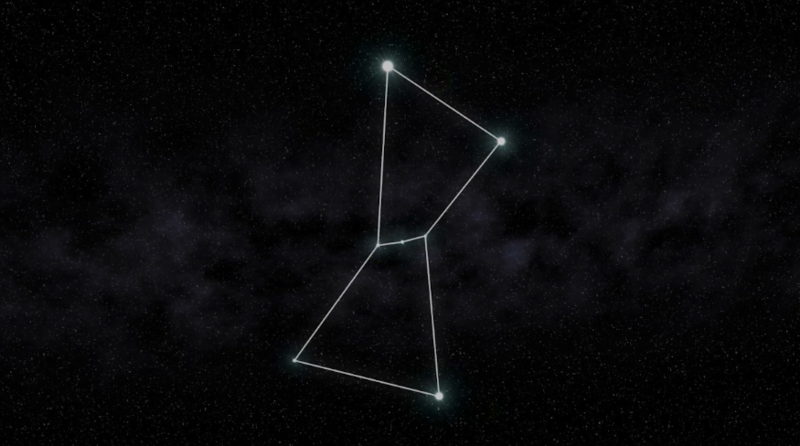5th Grade > Science
OUR UNIVERSE MCQs
Total Questions : 56
| Page 4 of 6 pages
Answer: Option A. ->
Neptune
:
A and D
- Uranus and Neptune are composed mainly from ice. Moreover, they are too huge in size that multiple Earths could fit into them.
- Due to these reasons both these planets are known as Ice Giants.
:
A and D
- Uranus and Neptune are composed mainly from ice. Moreover, they are too huge in size that multiple Earths could fit into them.
- Due to these reasons both these planets are known as Ice Giants.
Answer: Option A. ->
Axis of Earth is slightly tilted
:
A, B, and C
- An imaginary line going through the centre of Earth from the North to South pole of Earth is called the axis.
- It is slightly tilted in such a way that the angle it makes with vertical is 23.4 degrees.
- The Earth rotates or spins about this imaginary axis.
- The axis is at different distances from the poles.
:
A, B, and C
- An imaginary line going through the centre of Earth from the North to South pole of Earth is called the axis.
- It is slightly tilted in such a way that the angle it makes with vertical is 23.4 degrees.
- The Earth rotates or spins about this imaginary axis.
- The axis is at different distances from the poles.
Answer: Option C. ->
Titan
:
C
- Saturn has about 62 moons out of which Titan is the largest moon which is even bigger than mercury and pluto.
- Mimas, Dione and Tethys are also the moons of saturn.
:
C
- Saturn has about 62 moons out of which Titan is the largest moon which is even bigger than mercury and pluto.
- Mimas, Dione and Tethys are also the moons of saturn.
Answer: Option C. ->
Life is possible on planet Venus.
:
A, B, and D
- Venus is the second planet from the Sun.
- It is the hottest and brightest planet in the solar system.
- It is a very dry planet with no evidence of water, oxygen and high surface temperature. These are some of the reasons due to which life is impossible on this planet.
:
A, B, and D
- Venus is the second planet from the Sun.
- It is the hottest and brightest planet in the solar system.
- It is a very dry planet with no evidence of water, oxygen and high surface temperature. These are some of the reasons due to which life is impossible on this planet.
Answer: Option B. ->
orbit
:
B
- A planet has a definite path in which it revolves around the Sun. This path is called an orbit.
:
B
- A planet has a definite path in which it revolves around the Sun. This path is called an orbit.
Answer: Option A. ->
True
:
A
:
A
- The Earth has only has one Moon that revolves around it.
- It is a natural satellite.
Answer: Option B. ->

:
B

:
B
Mars is the fourth planet from the Sun and the second smallest planet in the Solar system.
It has a reddish appearance due to which it is known as the "Red Planet".
Answer: Option A. ->
27.3
:
A
:
A
The Moon completes one revolution around the Earth in about 27.3 days.
Answer: Option B. ->
more than that of Earth
:
B and C
The time taken by the new planet to complete one revolution around the Sun will be more than that of Earth but less than that of Mars.
It is because the new planet has to travel more distance than Earth but less distance than Mars.
:
B and C
The time taken by the new planet to complete one revolution around the Sun will be more than that of Earth but less than that of Mars.
It is because the new planet has to travel more distance than Earth but less distance than Mars.




















